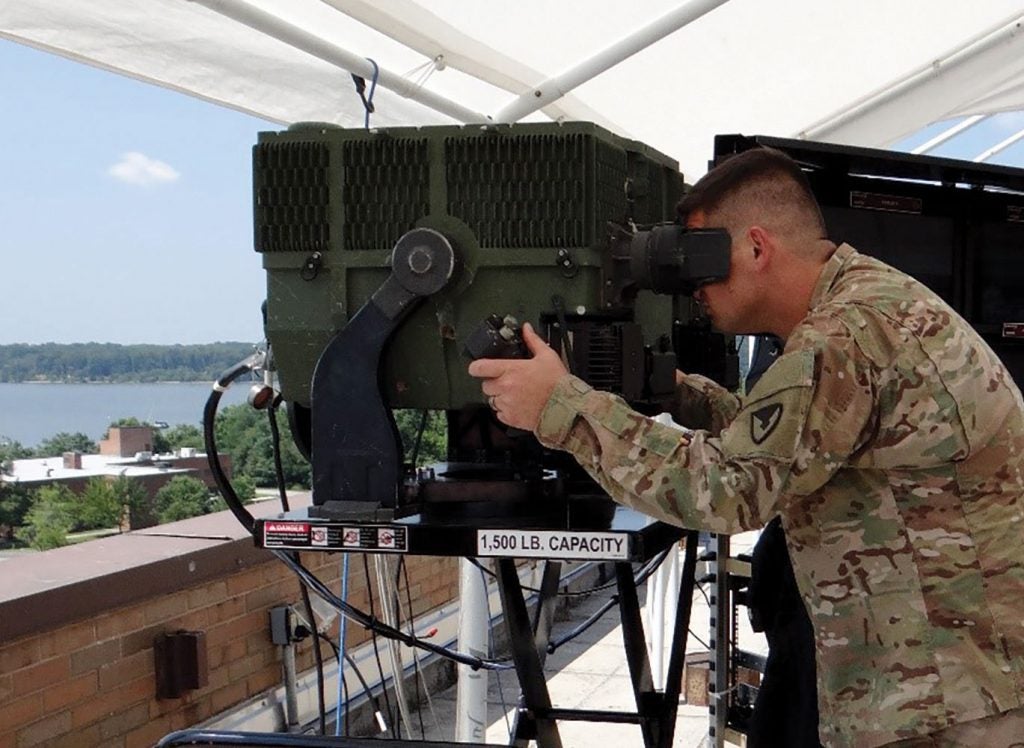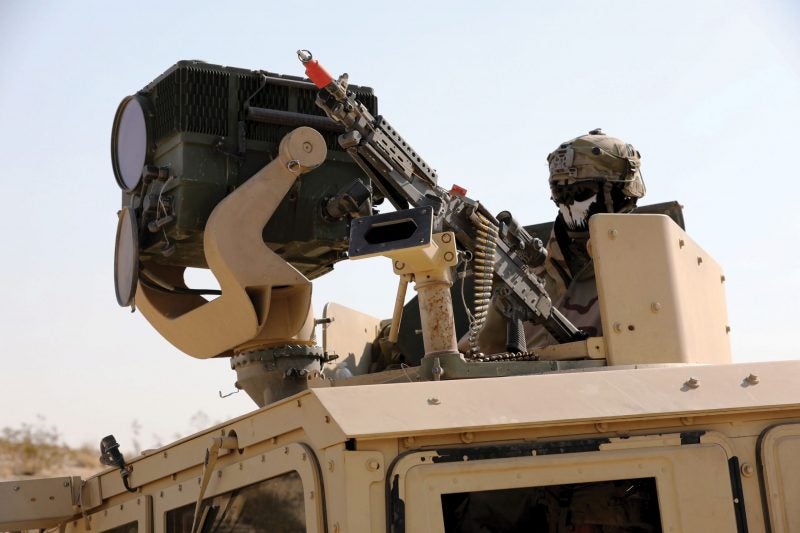Raytheon 3rd Gen FLIR for US Army
The US Army recently took delivery of the first of a new 3rd Generation Forward-Looking Infrared (FLIR) system from Raytheon known as Enhanced Long Range Advanced Scout Surveillance System (eLRAS3). The contract was awarded in 2016 to replace all 2nd Generation FLIR systems in both the Abrams main battle tank and the Bradley infantry fighting vehicle along with the legacy Long Range Advanced Scout Surveillance System (LRAS) used by scouts and special operations forces.
Sam Deneke, Raytheon Land Warfare Systems Vice President claims that the switch to 3rd Generation is revolutionary; “Making the leap from 2nd to 3rd Generation FLIR is like moving from a standard tube television to high-definition 8K.” Along with far greater clarity, the range performance has doubled over 2nd Generation FLIRs.

The eLRAS3 offers four fields of view options – wide, medium, narrow and ultra-narrow, which can be selected by the user based on the task and the target. Current legacy systems only offer two – wide and narrow. “The ultra-narrow field of view allows them to reach out and see at very long ranges- twice as far as current 2nd Gen systems,” says Raytheon. Indeed, the company claims that with eLRAS3, users will be able to distinguish between an individual carrying a “… deadly rocket-propelled grenade or just a shovel.”
It can now operate in both long and mid-wave infrared bands at the same time offering both greater range and definition. The clarity of image through fog, rain, sleet, smoke or snow far surpasses current systems providing a demonstrable advantage against likely peer enemies using 2nd Generation platforms. The systems comes with a Remote Operation Kit, allowing scouts for instance to dismount the eLRAS3 and view and operate the systems remotely.
The system has also seen a 55% reduction in both sensor weight and volume and will be a common system across all Army vehicles. The eLRAS3 is far more protected than its predecessors with Raytheon noting that Army “wants to operate under conditions where they can take a ballistic shock and still keep fighting.”

